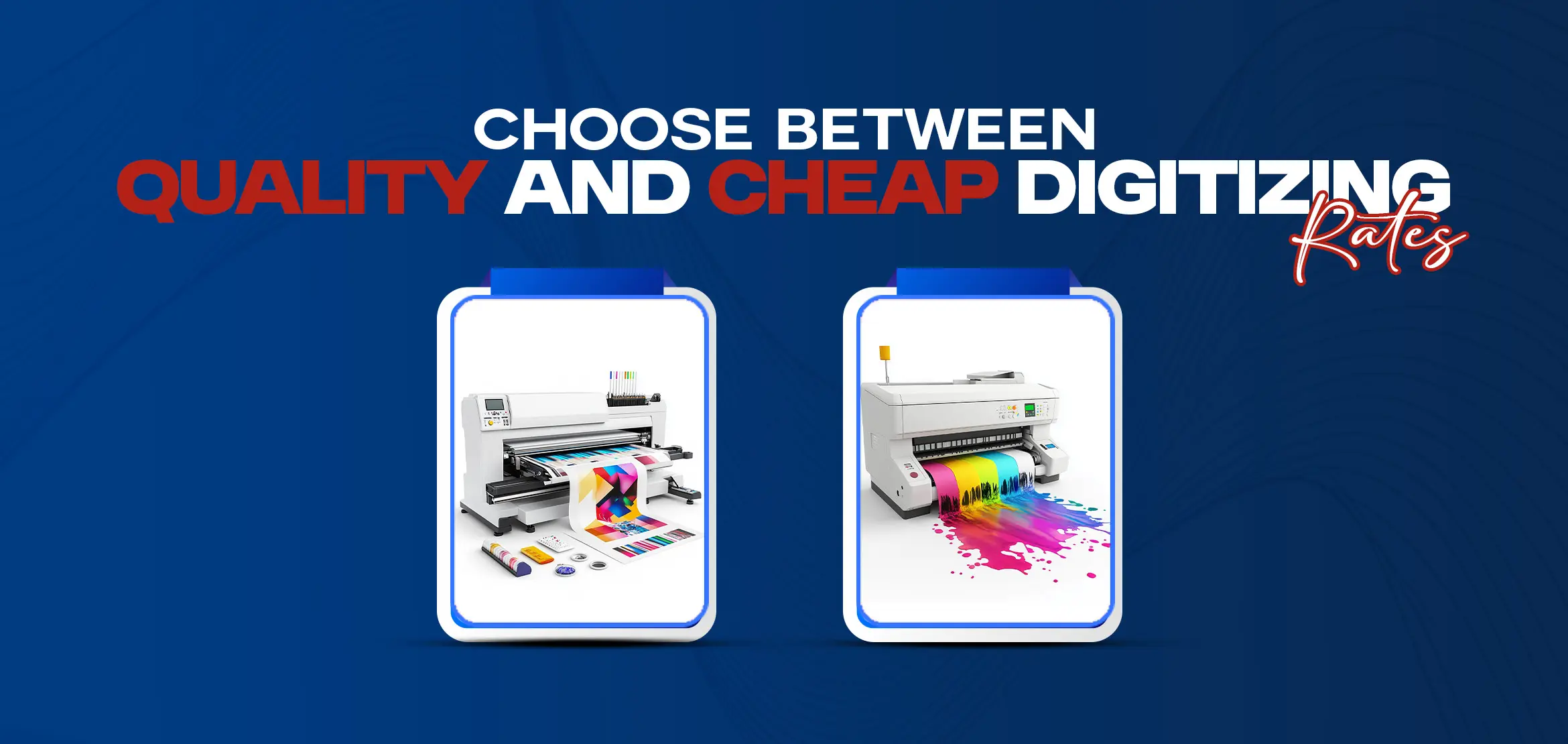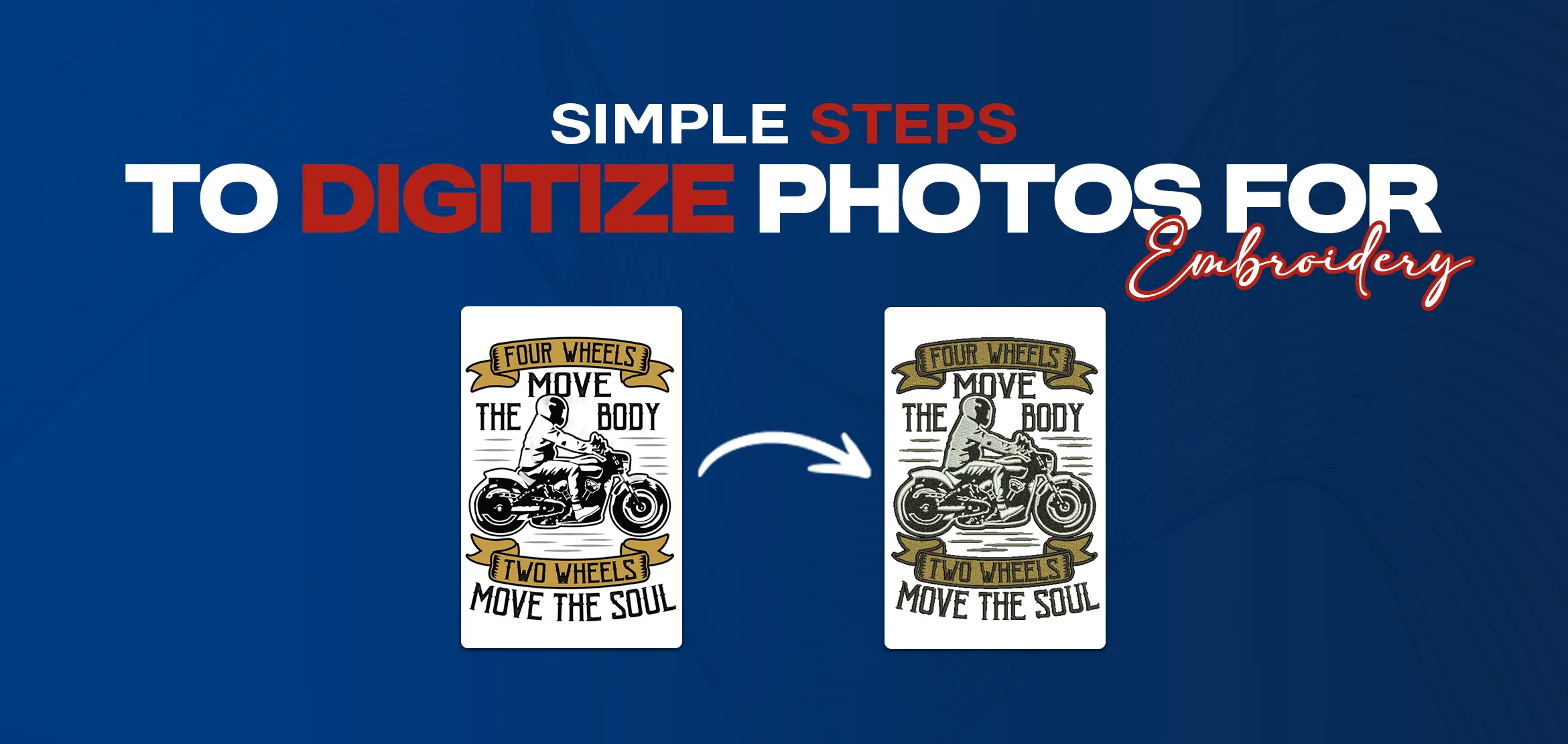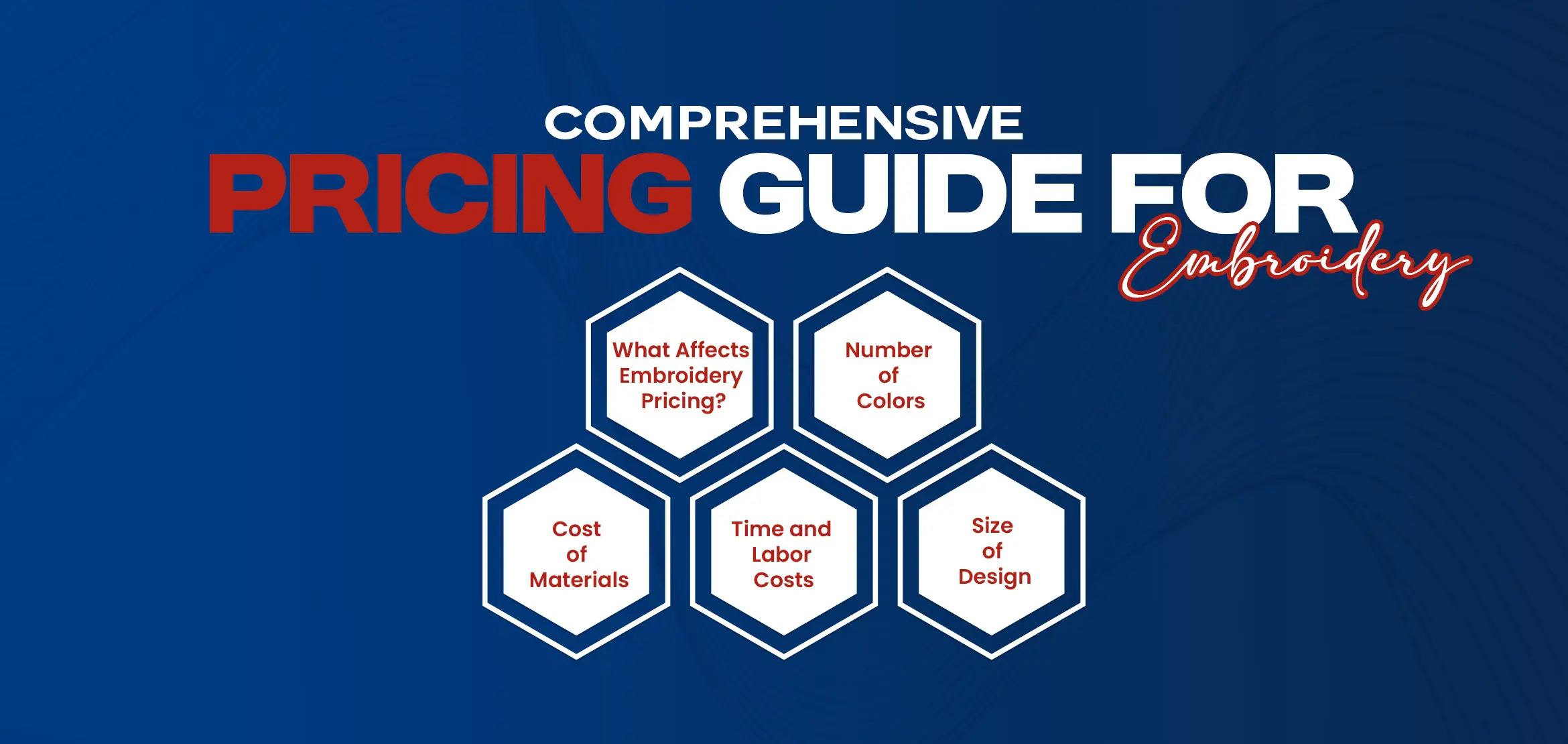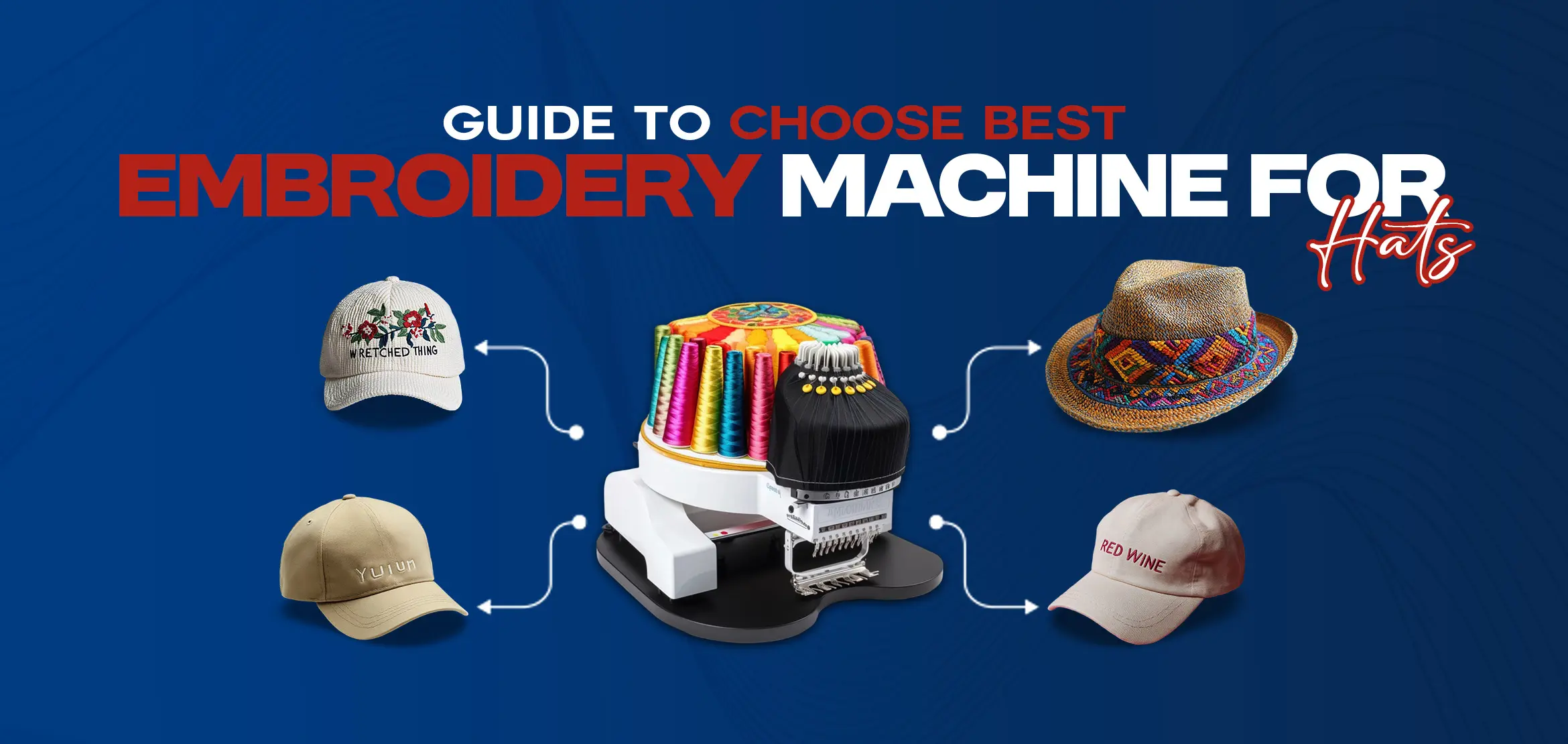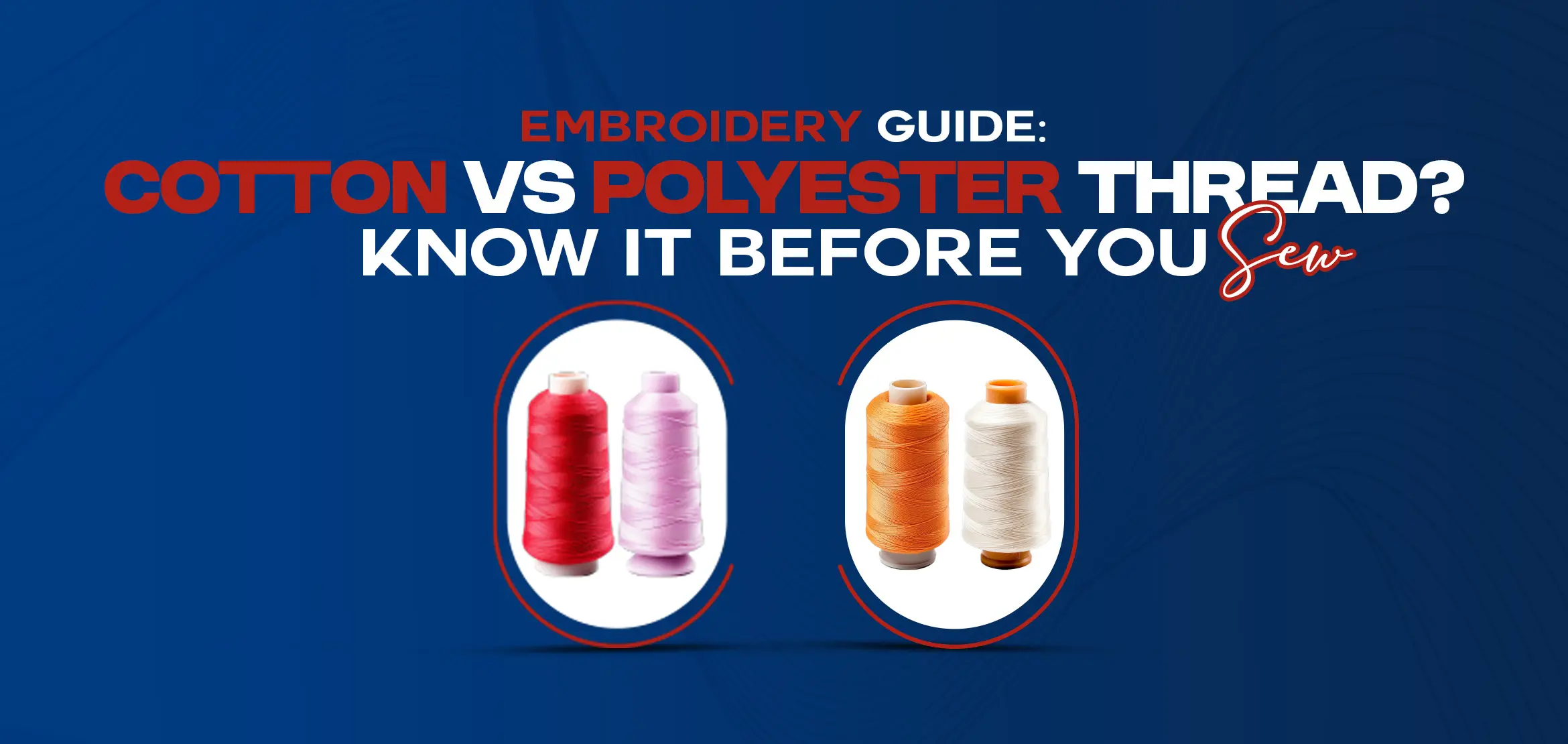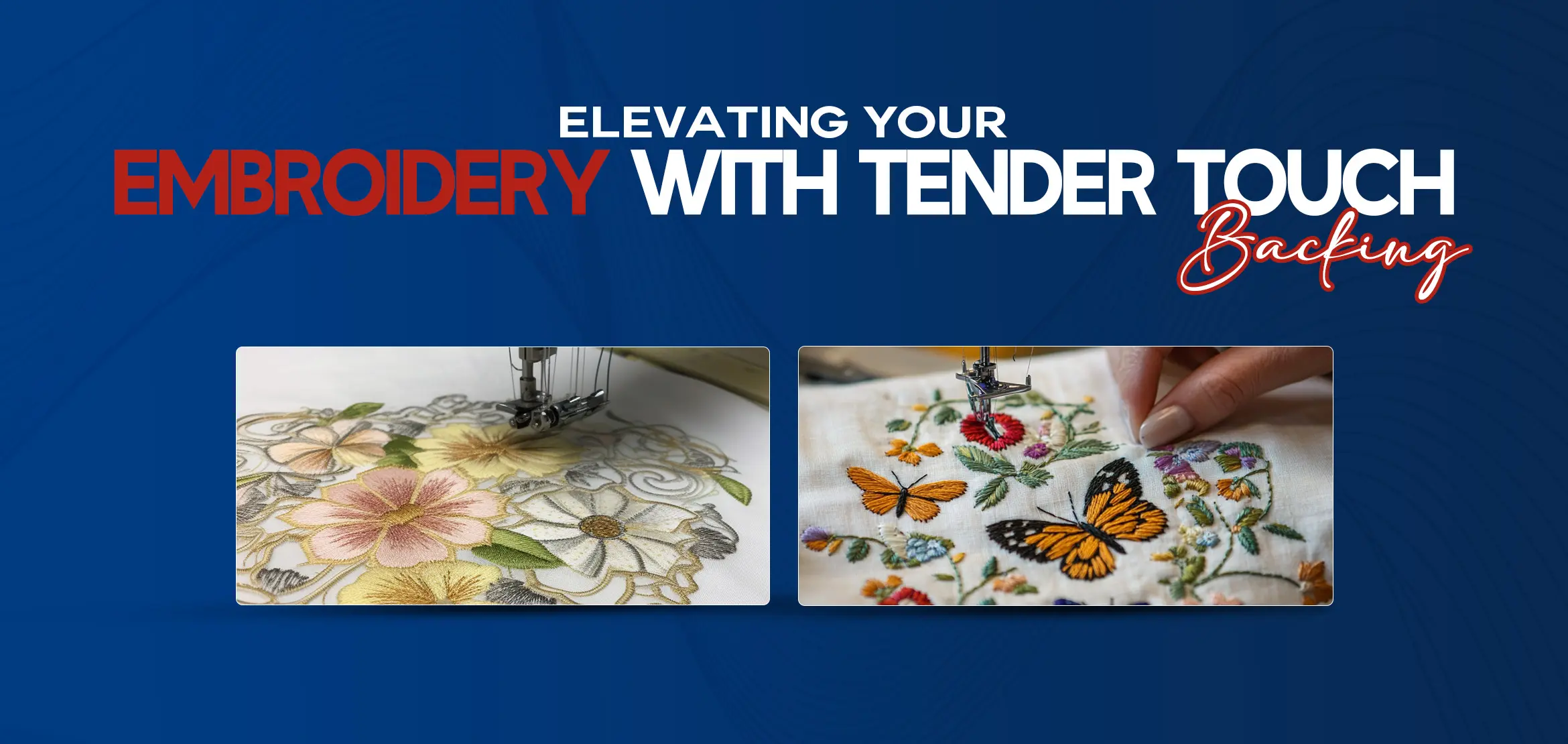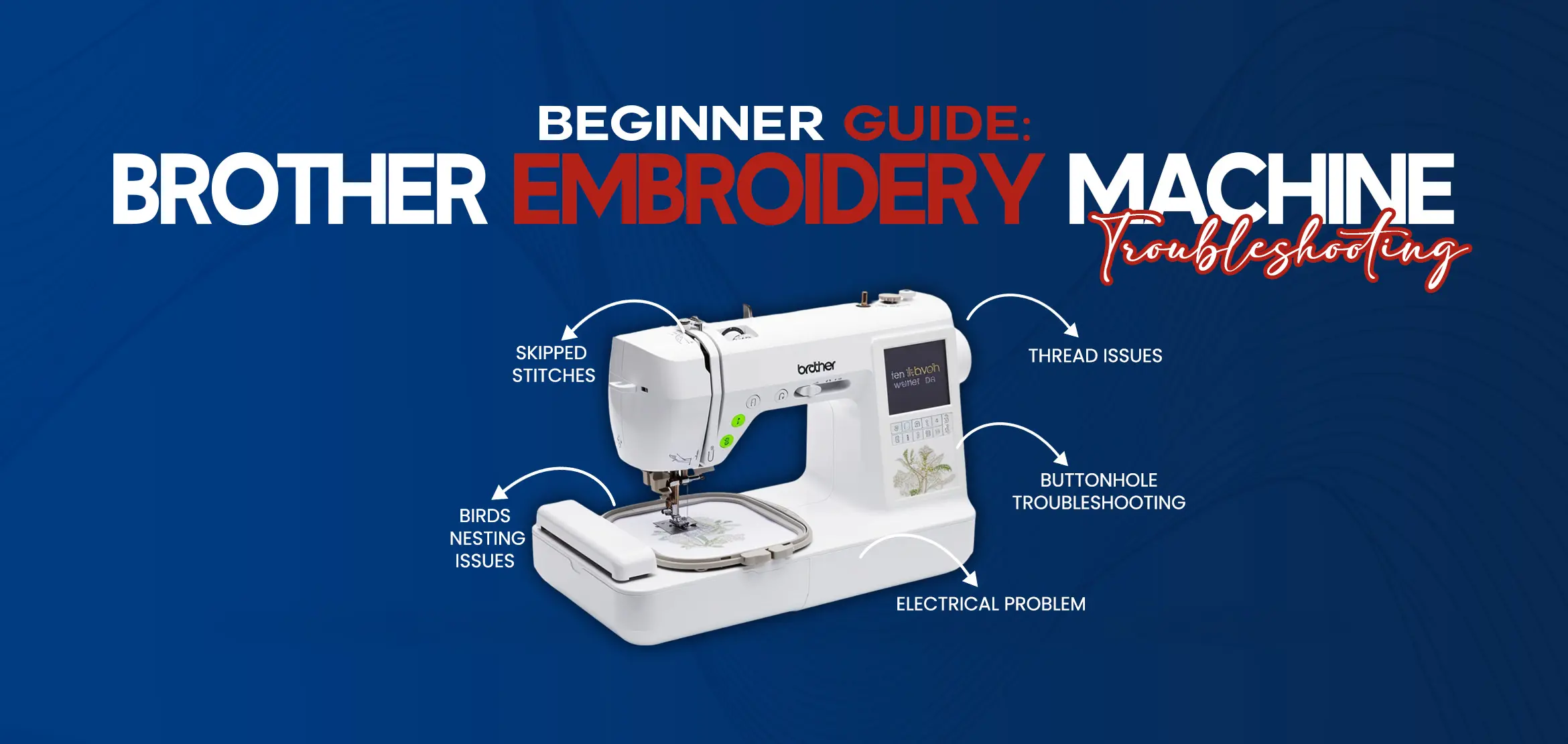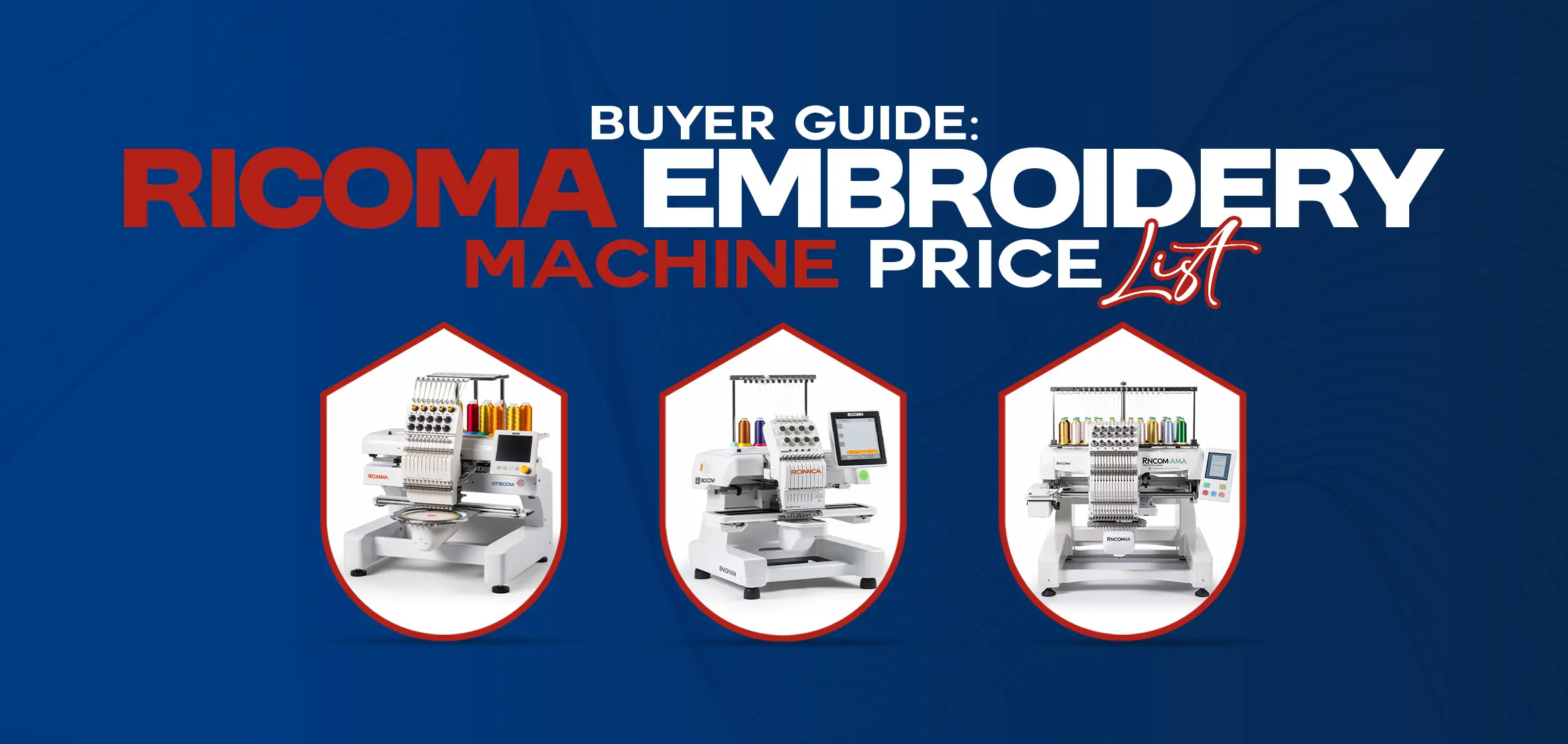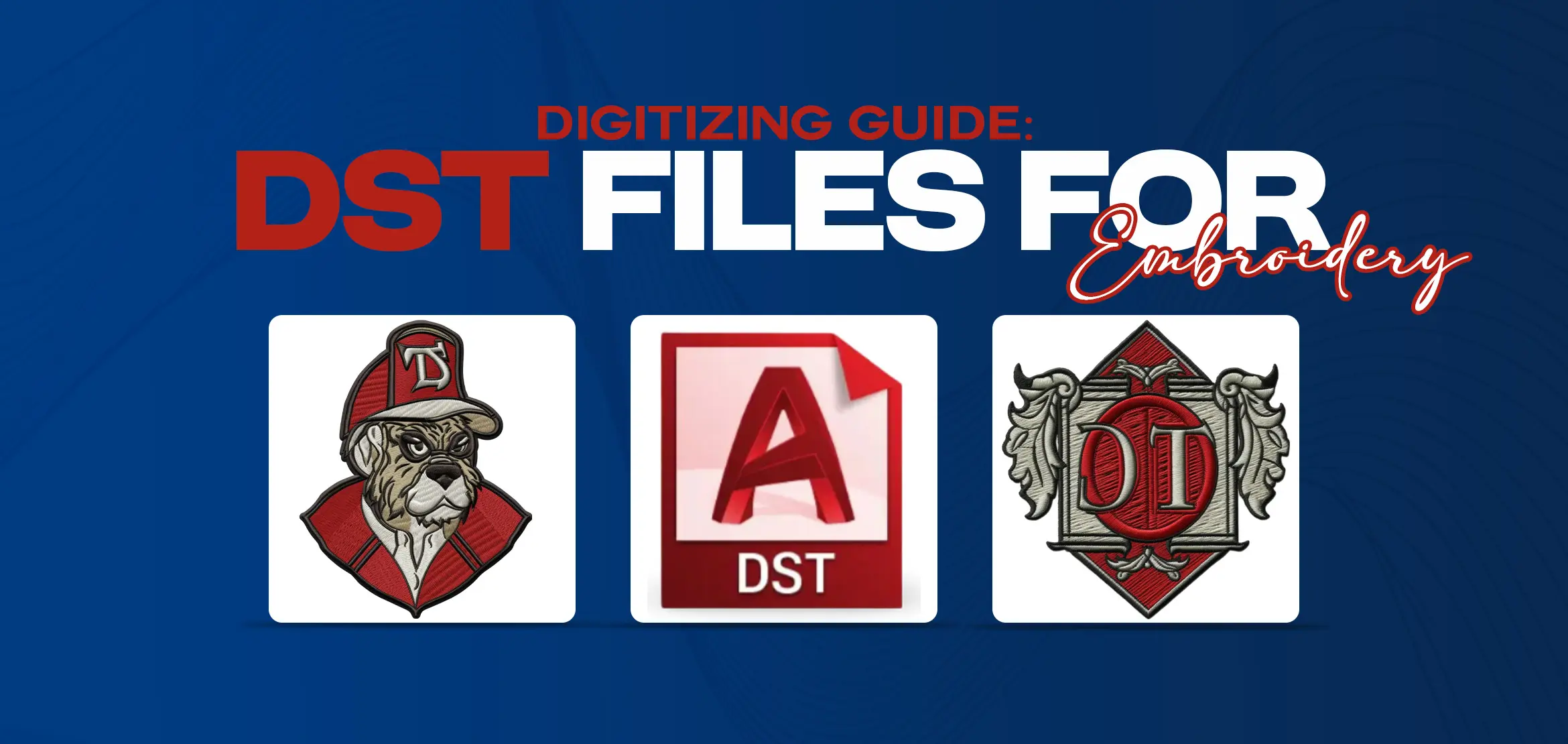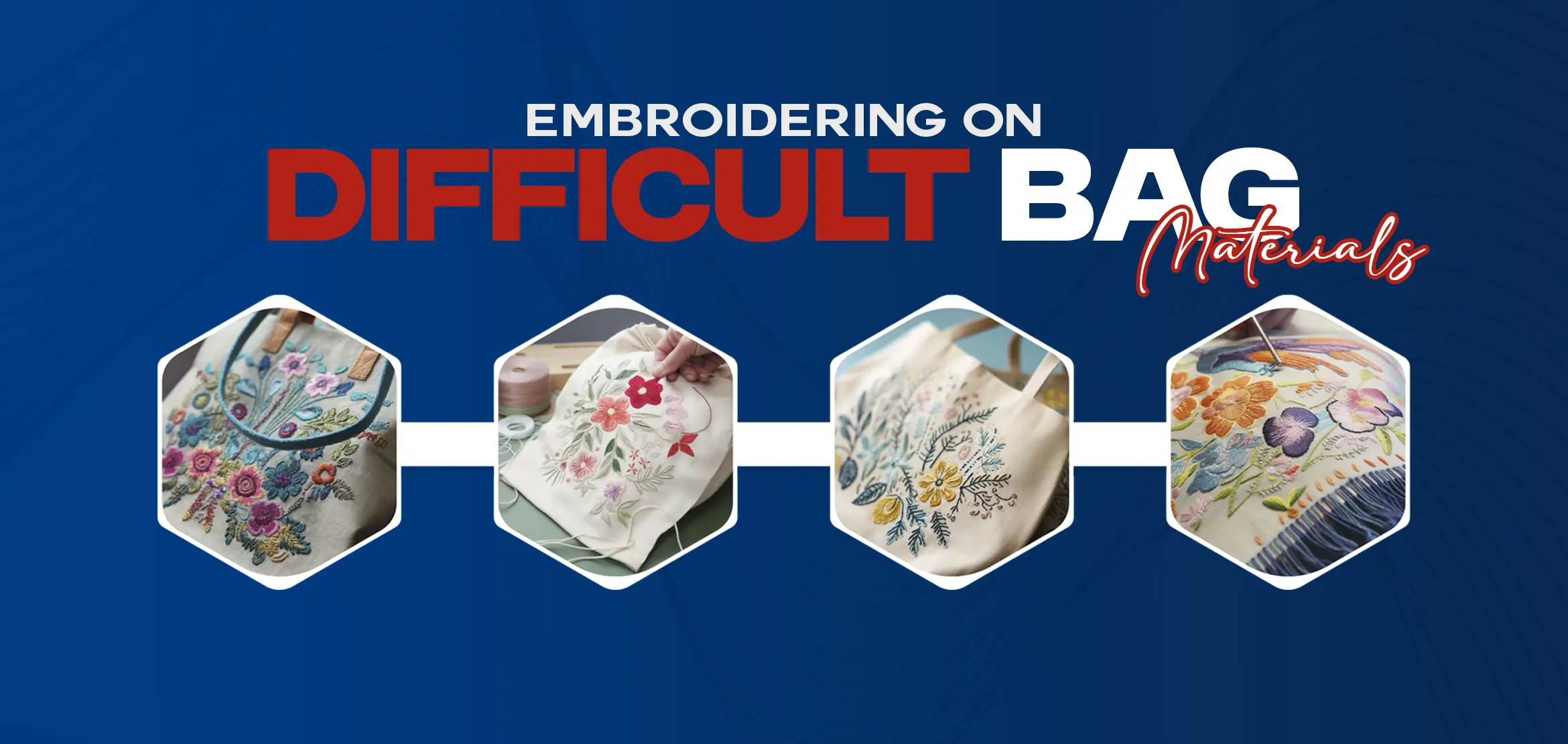
Embroidering On Difficult Bag Materials
What does embroidered fabric entail? How far do they enhance the overall appearance of your fabric? Whenever you see any object embroidered with someone's name, you must get it at once; it belongs to that person. It means it reflects ownership of that person.
Now apply this principle to merchandise, where large firms are using embroidered logos and apparel. What motivates them to use embroidered fabrics, bags, etc.? Underneath the answer is attracting more people and spreading awareness of their brands. Even its potential assets of marketing.
It becomes more troubling if you lack information about the right techniques and tactics for embroidering. Therefore, we jot down all the pieces to complete the bigger picture of doing embroidery, particularly on bags.
Stay connected for in-depth understanding:
Understanding the Material
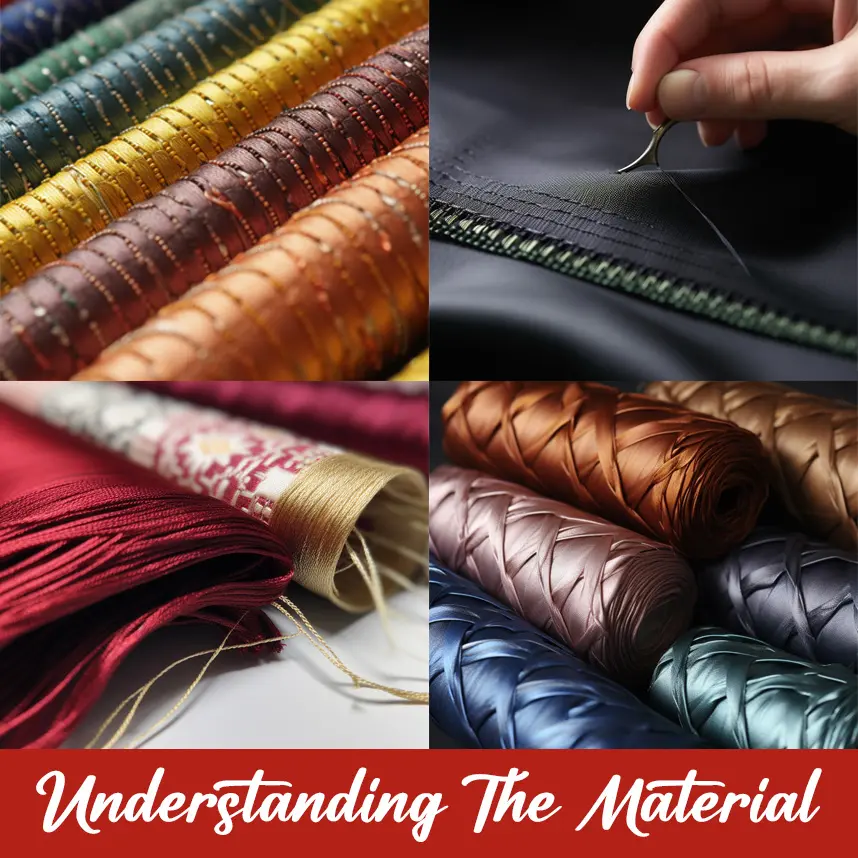
It is important to have a profound understanding of the material before starting embroidery. Different materials respond differently. For instance, leather and vinyl are non-purpose, meaning that needle marks are permanent. Also, they lack stretch, making petrie stitching essential. To prevent the weakening of nylon, the design must be less dense.
Nylon and polyester are slippery, and they can easily be puckered. An extra stabilizer is necessary to hold them. Each of such considerations must be looked at before starting embroidery.
Preparing for Embroidery
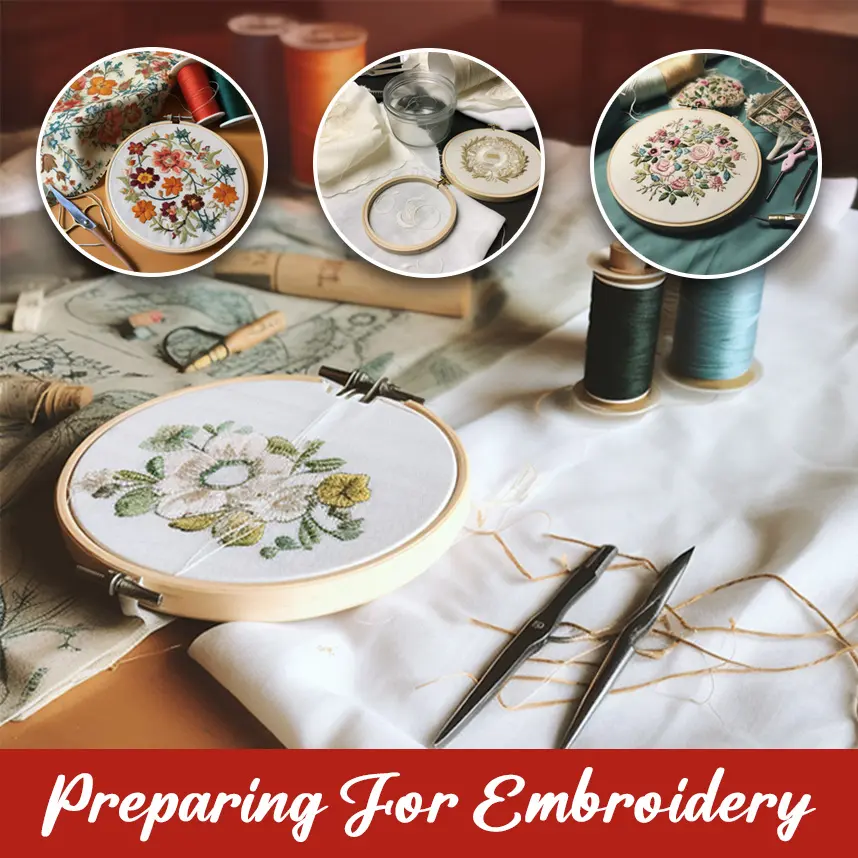
Proper preparation is key in overcoming the difficulties of embroidering on rigid materials for bags. The stabilizer to be chosen depends on the material and design complexity. The cutaway stabilizer is suitable for stretchy and delicate materials like nylon. Sturdy fabrics, such as canvas, can use tear-away stabilizers. On the other hand, water-soluble topping prevents stitches from sinking into the textured or padded materials. Selection of the right needles and threads is equally essential. Thick material should have leather needles or heavy-duty needles. It will work best for fabrics of high tension like nylon, polyester or bonded threads. For sensitive or slippery threads, metallic needles should be selected. Hooping a bag is a bit tricky because of its shape and bulk, so using a hoop that accommodates the material's thickness and adhesive-backed stabilizers or clamps ensures the area remains secure without distorting the fabric.
Choosing the Right Tools
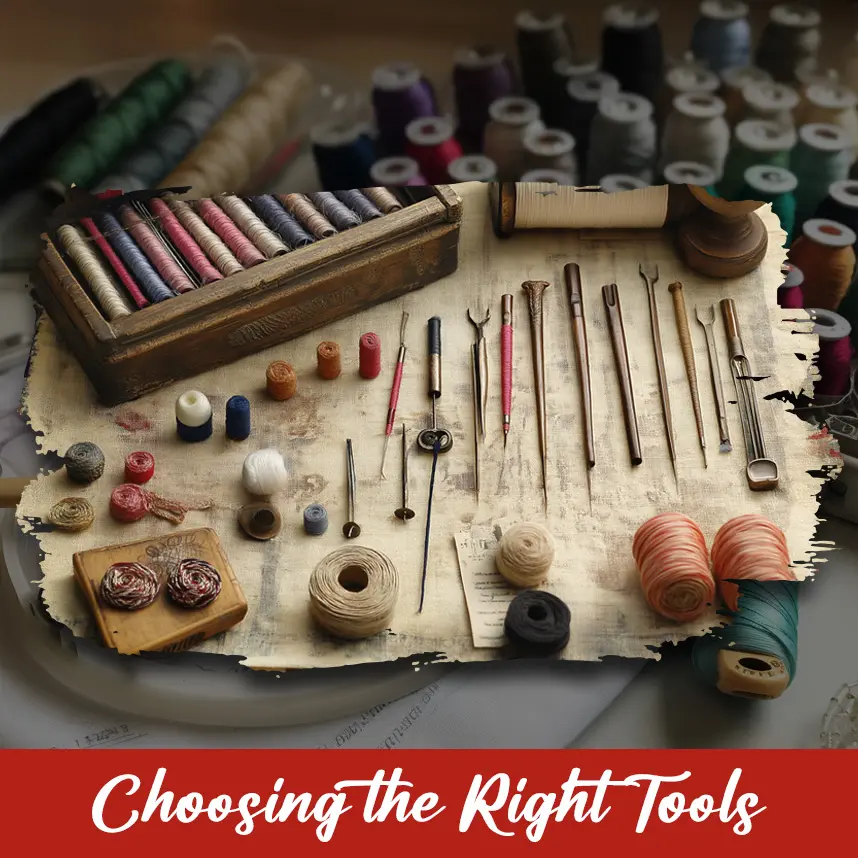
Tools play a significant role in reordain, so they must be selected carefully. Larger needles are required for leather and vinyl bag material. For canvas, select heavy-duty needles, as they allow you to stitch through dense weave. Nylon and polyester require sharp needles, depending on their coating or weave type.
Thread selection is equally important. Polyester and nylon threads are commonly used for durability, particularly for bags exposed to wear and tear. Now, the appropriate stabilizer that holds fabric on the material must be thoughtfully selected. For instance, sticky-back stables suit leather and vinyl well. For canvas and nylon, tear-away stabilizers are used.
Preparing the Material
This stage includes cleaning the bag from any dust or excess dust or oil. It is essential to clean the bag so that excess material does not disrupt the process. With great care, select the design placement with chalk. While starting hooping, make sure the material remains taut.
Stitching with Care
Once everything is prepared, slow and steady stitching ensures the best results. Reducing machine speed prevents puckering and provides clean, even stitches for slippery fabrics like nylon or polyester. Avoid overly dense patterns when embroidering on leather or vinyl, as excessive perforations can weaken the material.
Finishing Touches
Once you complete your design, remove the stabilizer carefully to avoid damaging the material. For extra durability, secure the threads on the back of the embroidery with knots or a small dab of fabric glue. If the embroidery will be exposed to heavy use, consider applying a fabric sealant to reinforce the stitches.
Troubleshooting Common Problems
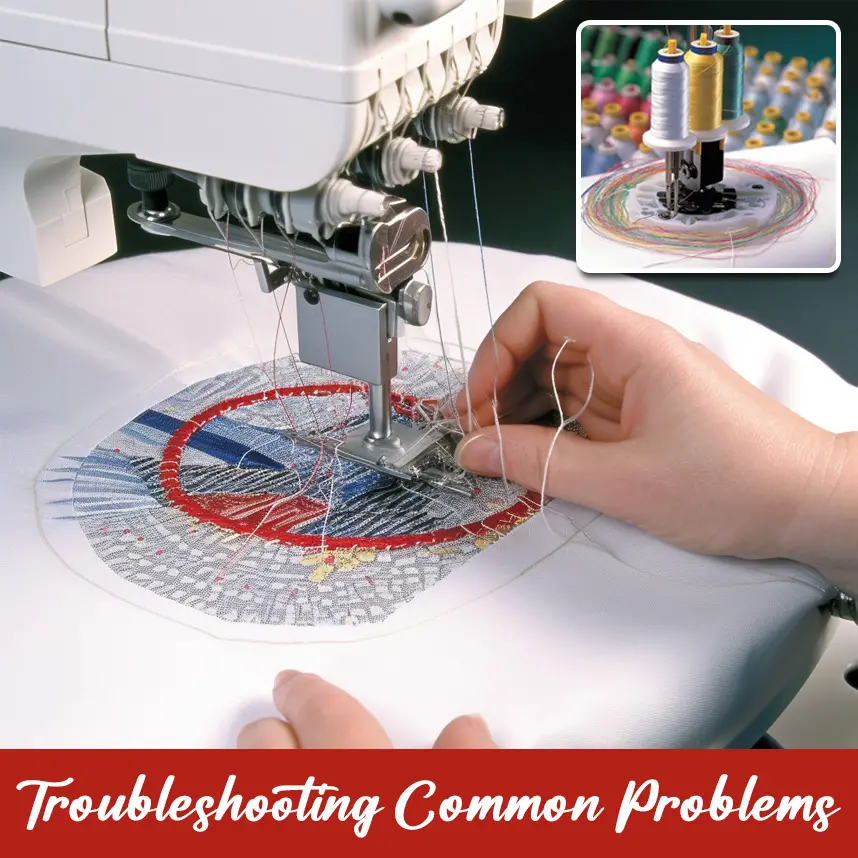
Even with preparation, there can be problems during the embroidery process. Puckering can sometimes be solved by switching to a stronger stabilizer or adjusting the tension settings. Breaking threads can be resolved by using better quality threads or switching to a needle that has a bigger eye. Sometimes skipped stitches can be solved by lowering the machine speed and checking that the needle is sharp enough and of appropriate size for the material. Difficult to hoop materials may be stabilized by using adhesive stabilizers or magnetic hoops.
Embroidering a Backpack with Digitizing USA
Are you looking for embroidery, a bag, or another item? At Digitizing USA, we work to provide you with what satisfies your fashion taste. Our experts ensure that you receive a great and durable design.
Let us be partners in a cost-effective solution to offer you the best bag embroidery designs. Our last turnaround time and remarkable customer service stand us out from the crowd. Give us a chance to work for you.
Visit the website or give us a call!
